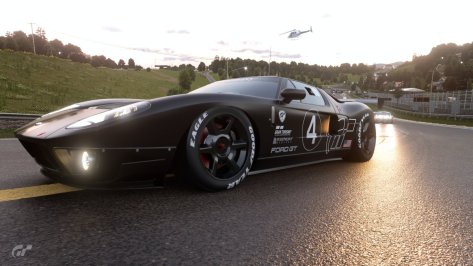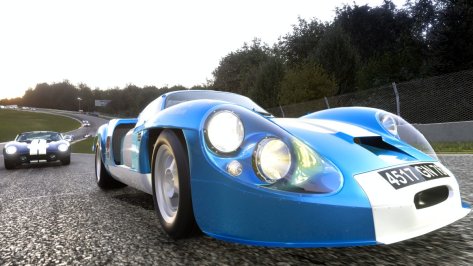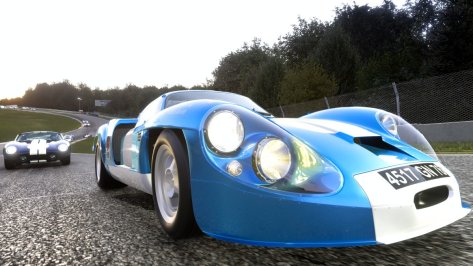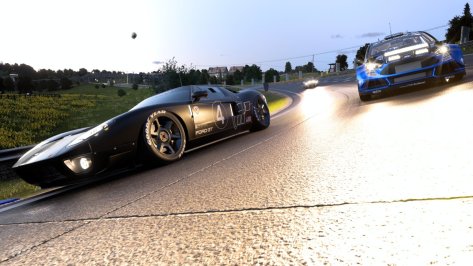GTvon
(Banned)
- 125

- United States
Here's a place to list these things that, in your opinion, can help make a great image.
While there are rare exceptions to every rule, basic photography rules of thumb generally apply to images created in a photo simulation as well. There are also personal likes and dislikes that affect how an image is perceived by the viewer. While these are more subjective they are just a relevant to this discussion.
Use this thread to tell others what you think makes an image good or even great.
Help others and especially new players who might not have had much time with the photo mode tools create more impressive images.
Please use your photos to illustrate your tips as well.
While there are rare exceptions to every rule, basic photography rules of thumb generally apply to images created in a photo simulation as well. There are also personal likes and dislikes that affect how an image is perceived by the viewer. While these are more subjective they are just a relevant to this discussion.
Use this thread to tell others what you think makes an image good or even great.
Help others and especially new players who might not have had much time with the photo mode tools create more impressive images.
Please use your photos to illustrate your tips as well.
Last edited:
















